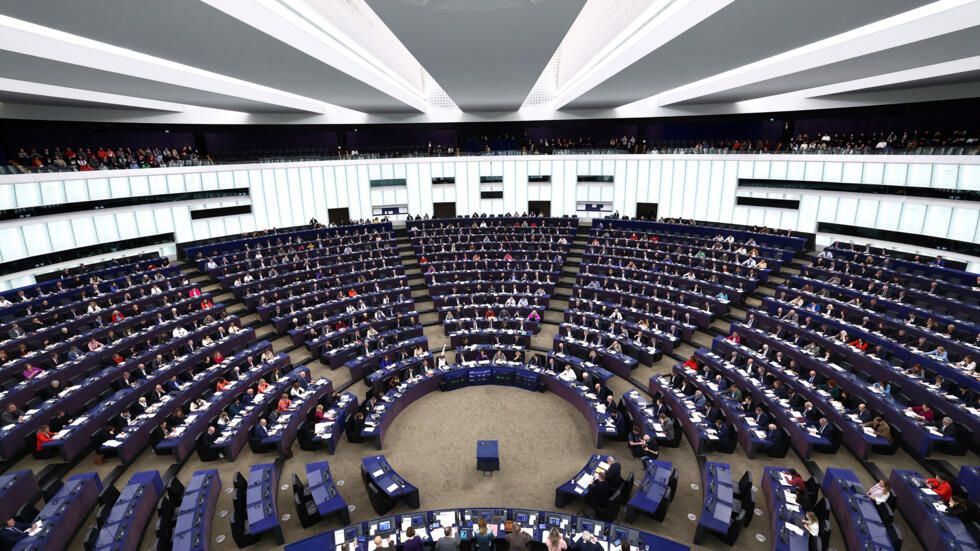Rise of the Nano-Chefs: 3D Food Printing Revolutionizes Cuisine
The culinary world is on the cusp of a transformative era, driven by the burgeoning technology of 3D food printing. This innovative technique promises to revolutionize the way we create, personalize, and consume food.
From Pixels to Plate:
The Process: 3D food printers function similarly to traditional 3D printers. A digital design is used to build layers of food material, creating edible structures and intricate shapes. These materials can range from pureed ingredients to specially formulated food inks.
Customization and Personalization: 3D food printing allows for unprecedented levels of customization. Food can be tailored to specific dietary needs, allergies, and preferences. Imagine printing pizzas with personalized toppings or creating meals with precise portion control.
Culinary Creativity: 3D printing opens doors for chefs to unleash their creativity and explore new culinary frontiers. Complex and intricate food designs can be brought to life, pushing the boundaries of presentation and aesthetics.
Potential Benefits:
Food Waste Reduction: 3D printing allows for precise food portioning, potentially minimizing food waste often associated with traditional cooking methods.
Space Exploration and Sustainability: 3D food printing offers a promising solution for providing astronauts with nutritious and customized meals during long-duration space missions. This technology could also play a role in sustainable food production on Earth.
Medical Applications: 3D food printing can be used to create specialized food for individuals with swallowing difficulties or specific dietary requirements due to medical conditions.
Challenges and Considerations:
Cost and Accessibility: Currently, 3D food printing technology is expensive, limiting its widespread adoption in homes and restaurants. As the technology matures, accessibility is expected to improve.
Flavor and Texture: While advancements are being made, replicating the full spectrum of flavors and textures found in traditional cuisine remains a challenge for 3D-printed food.
Safety and Regulation: As with any new technology, ensuring the safety and proper regulation of food inks and printing processes is crucial.
A Future Full of Flavor:
3D food printing is still in its nascent stages, but its potential to transform the culinary landscape is undeniable. From personalized meals to space exploration rations, the possibilities are vast. As the technology evolves and becomes more accessible, we can expect to see a future where 3D printers become commonplace in kitchens, revolutionizing the way we experience food.




